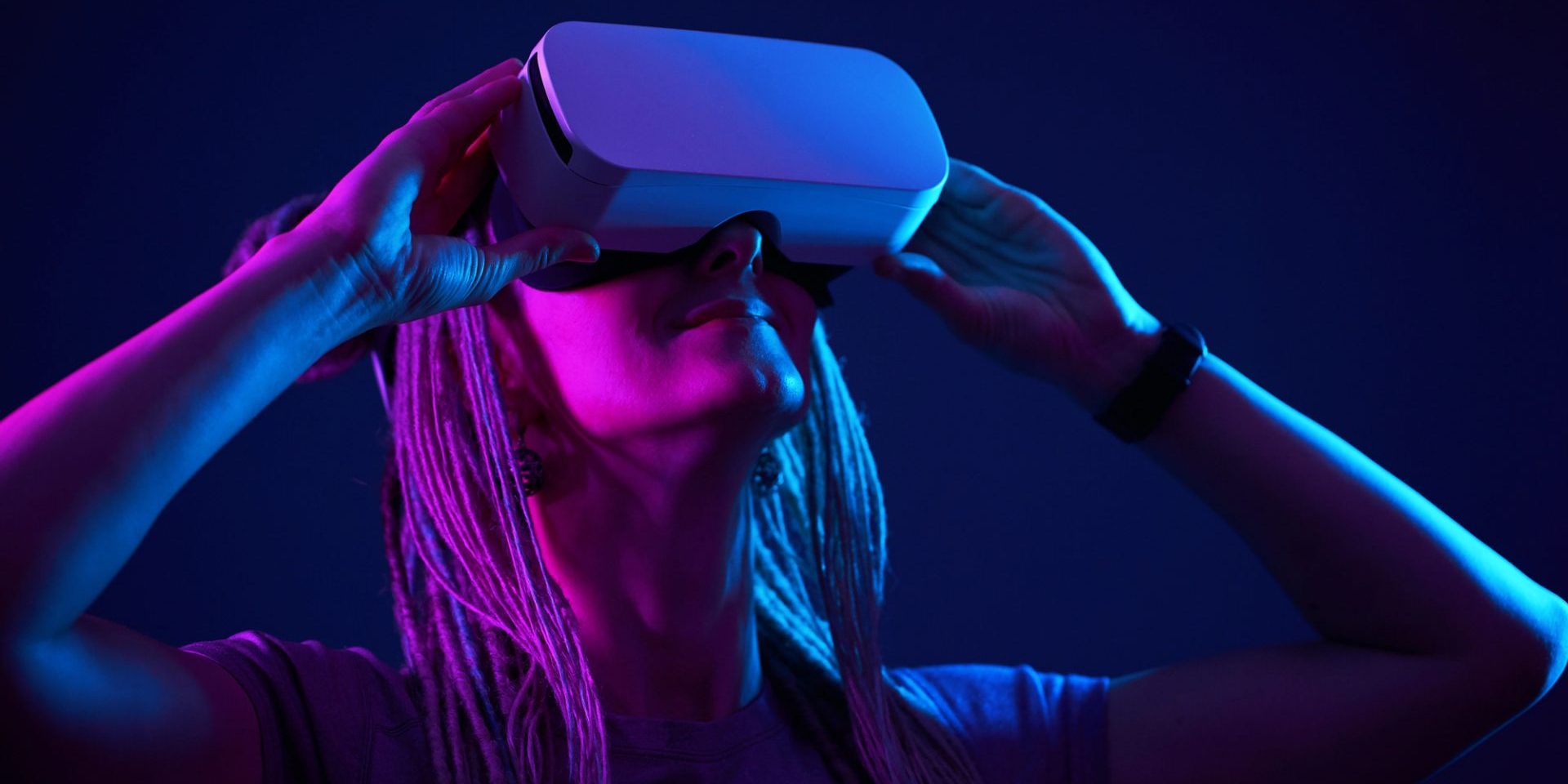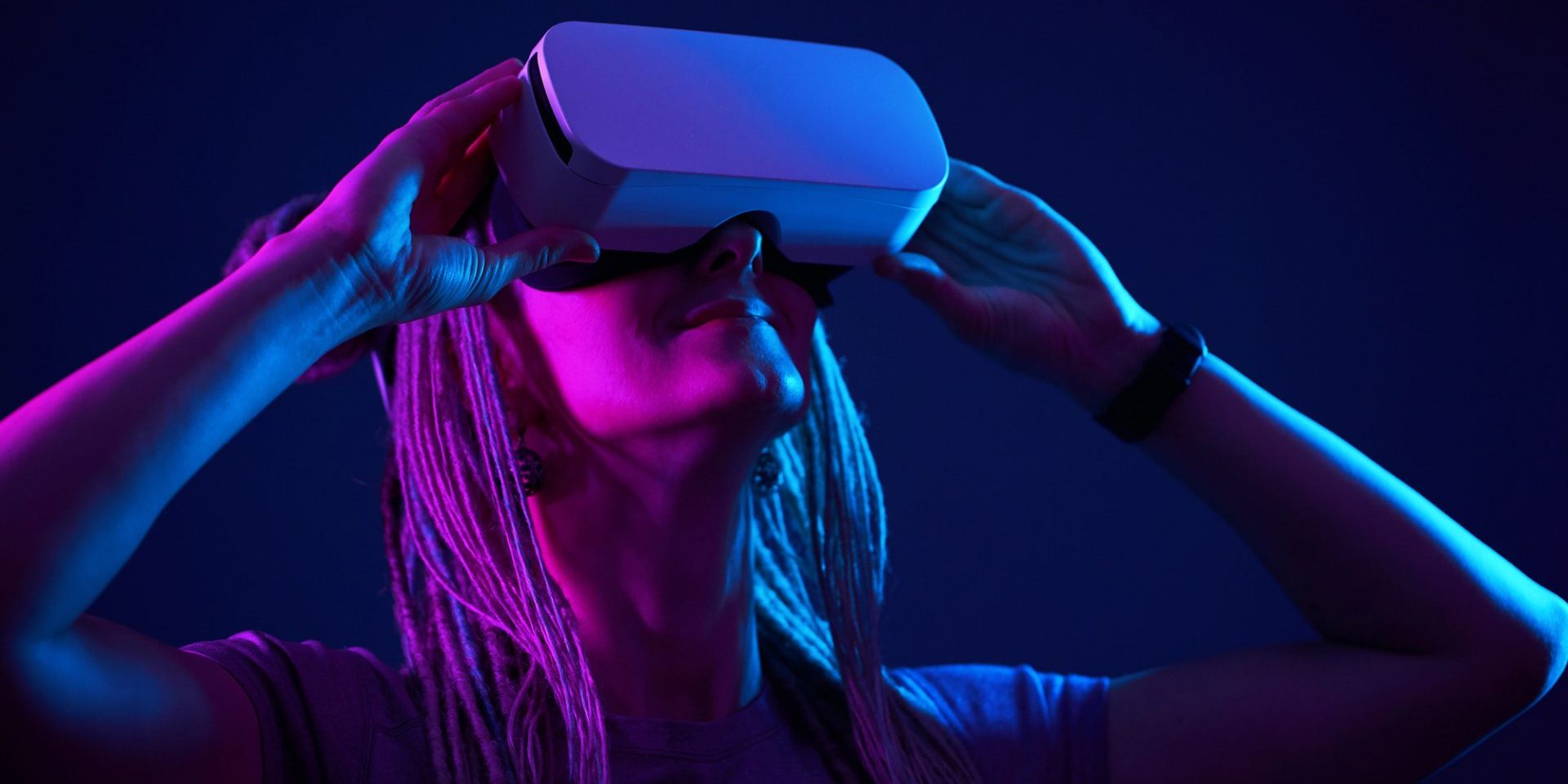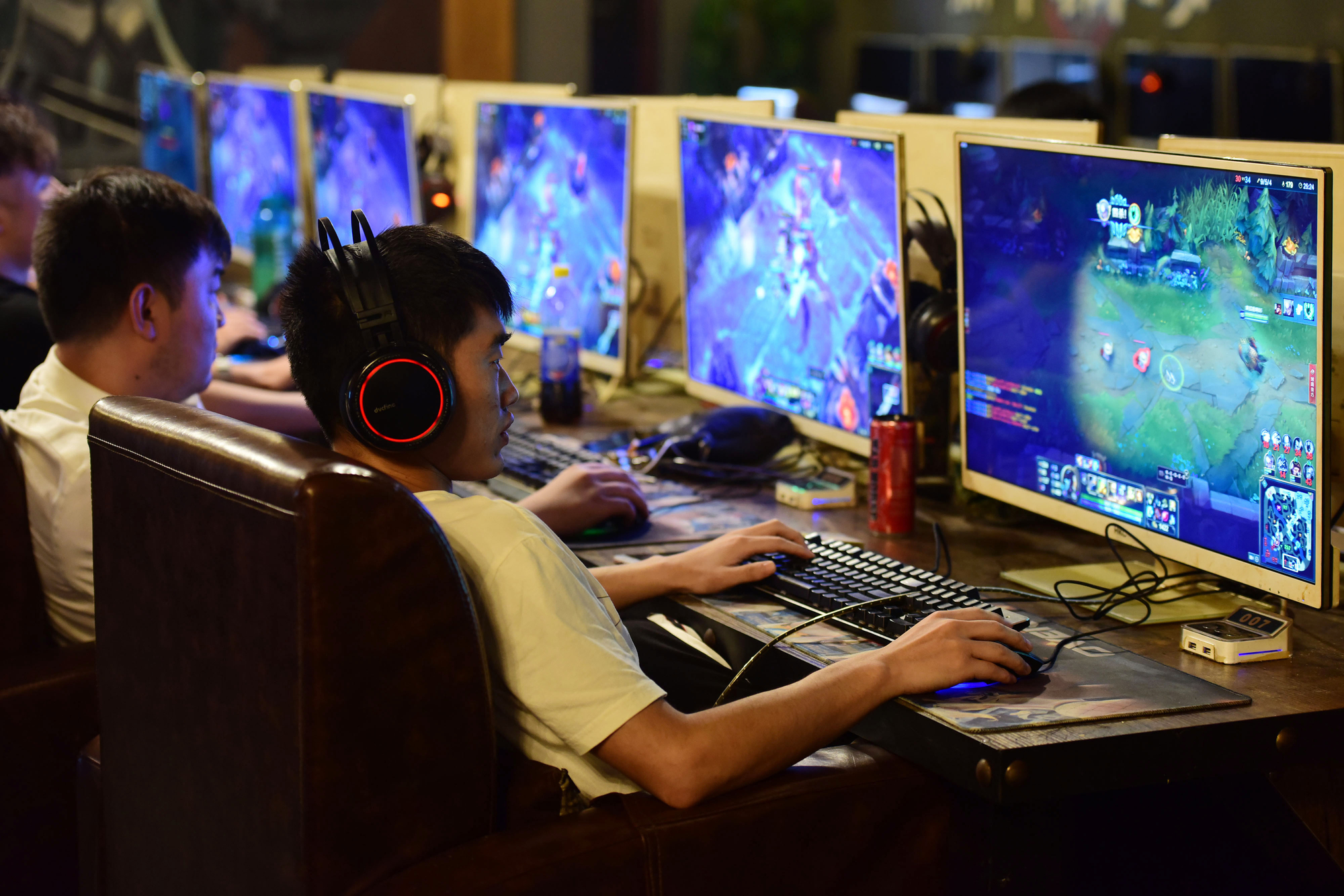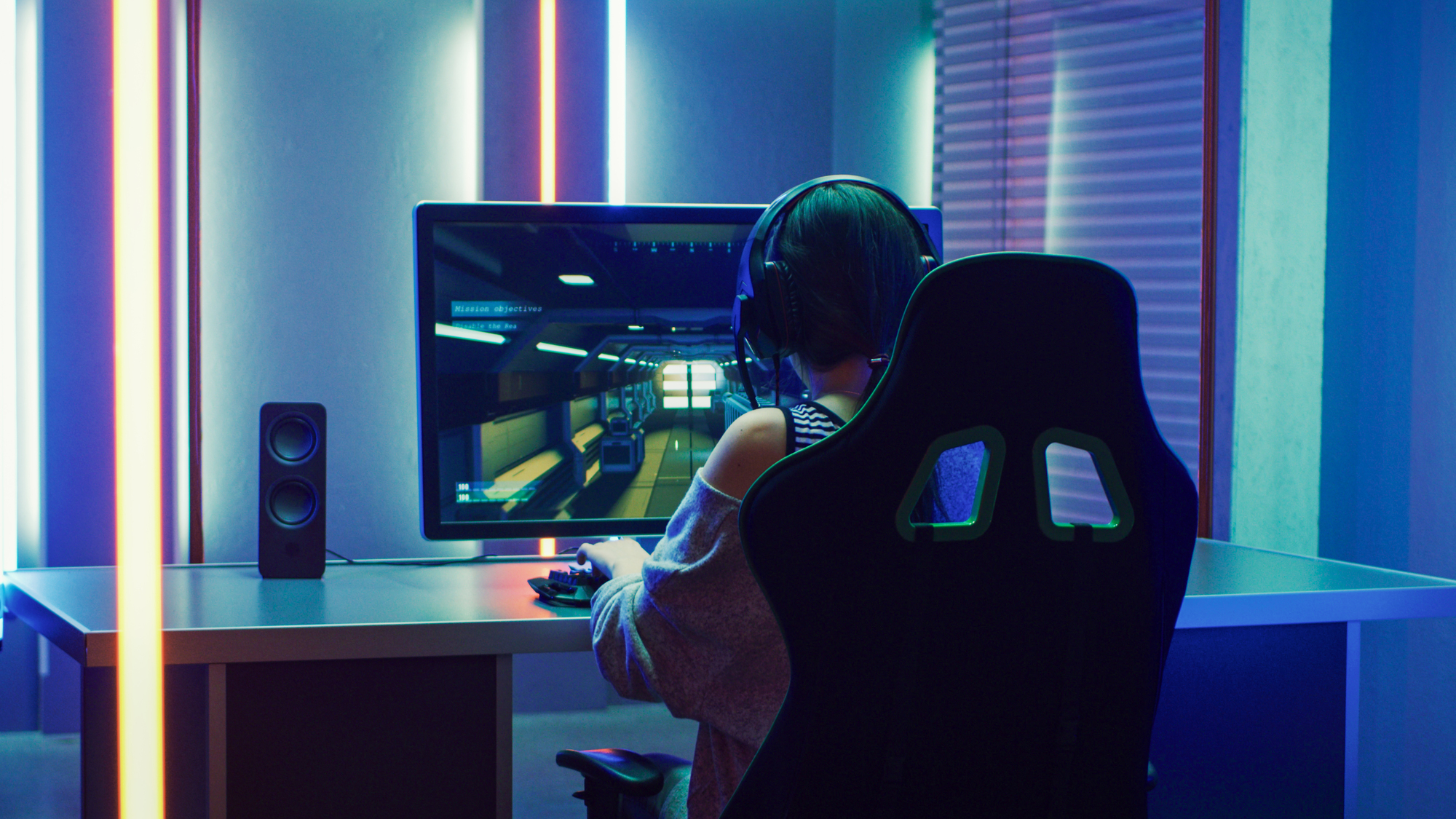Video games have undergone a remarkable transformation since their inception. From simple pixelated graphics to immersive 3D worlds, the gaming industry has consistently pushed technological boundaries. One area of significant advancement is the integration of physics in games, which has sparked debate about the balance between realism and fun.
The incorporation of realistic physics can enhance gameplay and immersion, but it doesn’t always guarantee a more enjoyable experience. Some players appreciate the challenge and authenticity that comes with accurate physics simulations, while others prefer games that prioritize fun over strict adherence to reality. This divide has led game developers to experiment with different approaches, seeking to strike the right balance for their target audience.
The evolution of physics in games reflects broader trends in the industry. As hardware capabilities have improved, developers have gained the ability to create more complex and lifelike virtual environments. This has resulted in games that can simulate everything from realistic vehicle handling to intricate object interactions, adding depth and richness to the gaming experience.
The Balance Between Realism and Enjoyment
Game developers face challenges in creating physics systems that provide both realism and fun gameplay. Striking this balance involves understanding player expectations and applying thoughtful game design principles.
Understanding Player Expectations
Players often seek a mix of realistic and fantastical elements in games. Some genres, like racing simulators, prioritize accurate physics. Others, such as platformers, focus on exaggerated physics for entertaining gameplay.
Player preferences vary widely. Hardcore sim fans may demand precise physics models. Casual gamers typically prefer more forgiving, arcade-style physics. Games that blend realism with playability tend to appeal to a broad audience.
Developers must consider their target market when designing physics systems. A military shooter might use realistic ballistics, while a sci-fi game could feature gravity-defying jumps. The key is meeting player expectations for the specific genre and game concept.
The Philosophy of Game Design
Game designers aim to create engaging experiences through careful balancing of elements. Physics plays a major role in how players interact with game worlds. Too much realism can lead to frustration, while overly simplified physics may feel unsatisfying.
Many successful games take a hybrid approach. They incorporate realistic elements where they enhance gameplay, but simplify or exaggerate physics when it improves the fun factor. For example, a driving game might use accurate tire grip models but allow cars to take corners at unrealistic speeds.
Playtesting is vital for finding the right balance. Designers iterate on physics systems based on player feedback, adjusting parameters until the gameplay feels right. This process helps create physics that support the core gameplay loop while maintaining a sense of believability within the game’s context.
Technological Advances Shaping Realism
Physics simulation in games has progressed significantly due to hardware improvements and software innovations. These advancements enable developers to create more lifelike environments and interactions.
Evolution of Game Engines
Modern game engines incorporate sophisticated physics systems. Unity and Unreal Engine offer built-in physics tools that simulate gravity, collisions, and fluid dynamics. These engines allow developers to create realistic object interactions without extensive coding.
Graphics processing units (GPUs) now handle complex physics calculations, freeing up CPU resources. This parallel processing power enables games to render more detailed environments with accurate physical properties.
Machine learning algorithms are being applied to physics simulations. These AI-driven systems can predict and generate realistic behaviors for large numbers of objects or particles, enhancing the visual fidelity of game worlds.
Case Studies: Realism in Action
Red Dead Redemption 2 showcases advanced physics in its detailed world interactions. Players can observe realistic mud deformation, snow accumulation, and cloth simulations that respond to character movements and weather conditions.
Kerbal Space Program demonstrates accurate orbital mechanics and rocket physics. Players must consider fuel consumption, thrust-to-weight ratios, and aerodynamics when designing and launching spacecraft.
Racing games like Forza Horizon 5 feature precise vehicle dynamics. Tire grip, suspension behavior, and aerodynamics are simulated in real-time, creating an authentic driving experience across various terrain types and weather conditions.
Optimizing Gameplay Mechanics for Player Satisfaction
Game developers strive to create mechanics that challenge players while keeping them engaged. This balance involves crafting accessible yet innovative systems that spark curiosity and wonder.
Balancing Challenges with Accessibility
Game designers adjust difficulty levels to suit various player skills. They tweak enemy behavior, puzzle complexity, and obstacle placement to provide a satisfying experience for both novices and experts. Adaptive difficulty systems automatically adjust based on player performance, helping maintain an optimal challenge level.
Some games offer multiple difficulty settings, allowing players to customize their experience. Others incorporate assist modes or optional hints to help struggling players progress without compromising core gameplay.
Playtesting plays a key role in refining game mechanics. Developers gather feedback on frustration points and adjust accordingly, aiming for a smooth difficulty curve that keeps players engaged without becoming overwhelming.
Innovative Mechanics Spurs Gaming Wonder
Fresh gameplay ideas captivate players and set games apart. Developers experiment with physics simulations, time manipulation, and unique movement systems to create memorable experiences.
Portal’s spatial puzzles and gravity-defying mechanics revolutionized first-person puzzle games. Braid’s time-rewinding feature added depth to traditional platforming. Superhot’s time-moves-only-when-you-move concept brought a strategic twist to the shooter genre.
Innovative mechanics often combine familiar elements in unexpected ways. For example, Rocket League merges soccer with rocket-powered cars, creating a distinctive and addictive gameplay loop.
When successful, these novel systems spark a sense of wonder and discovery, encouraging players to explore the game’s possibilities fully.











